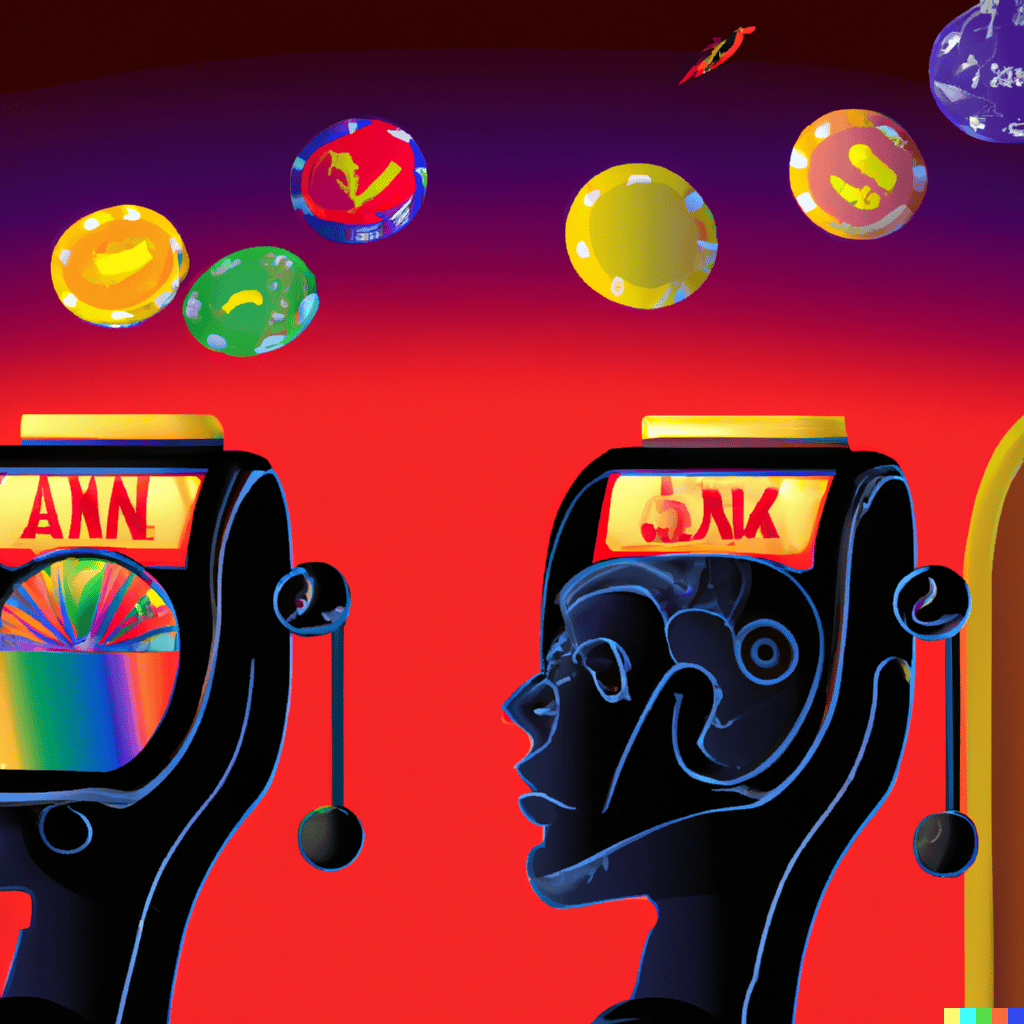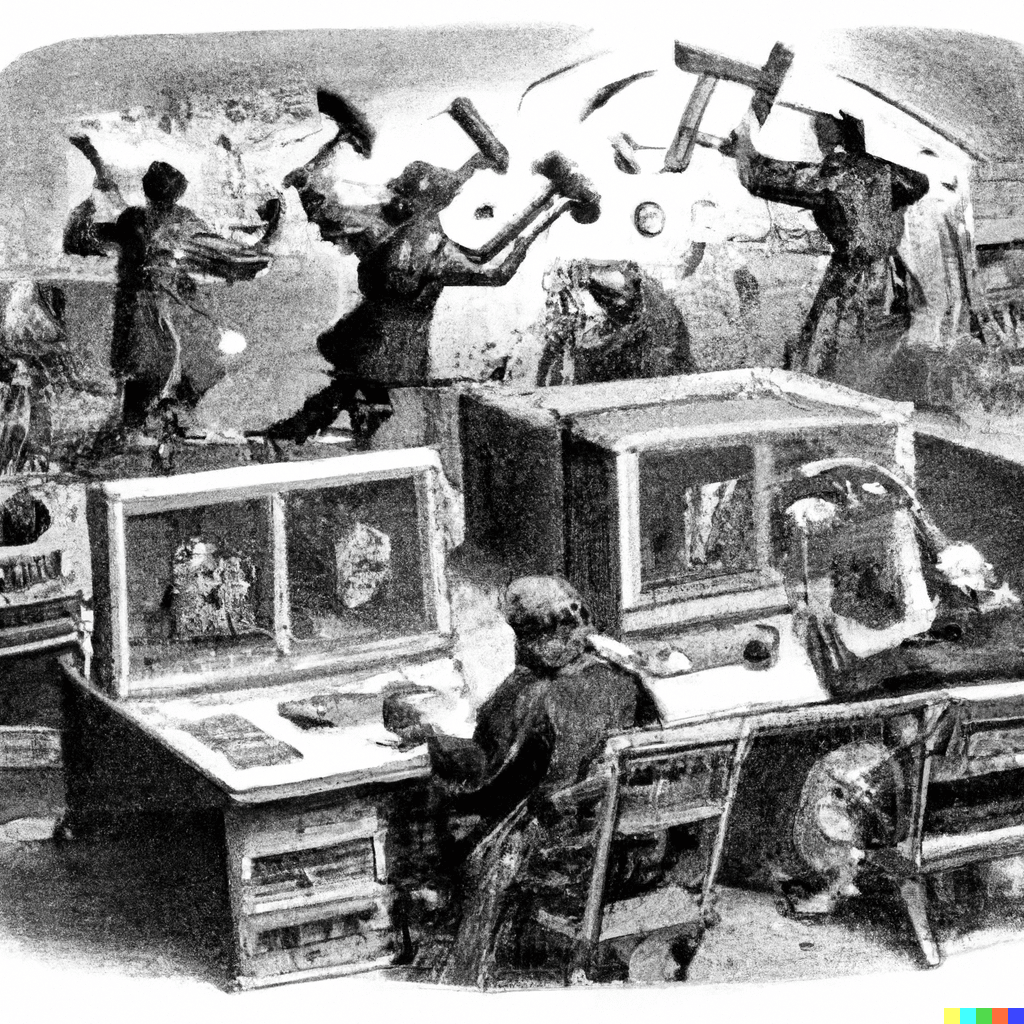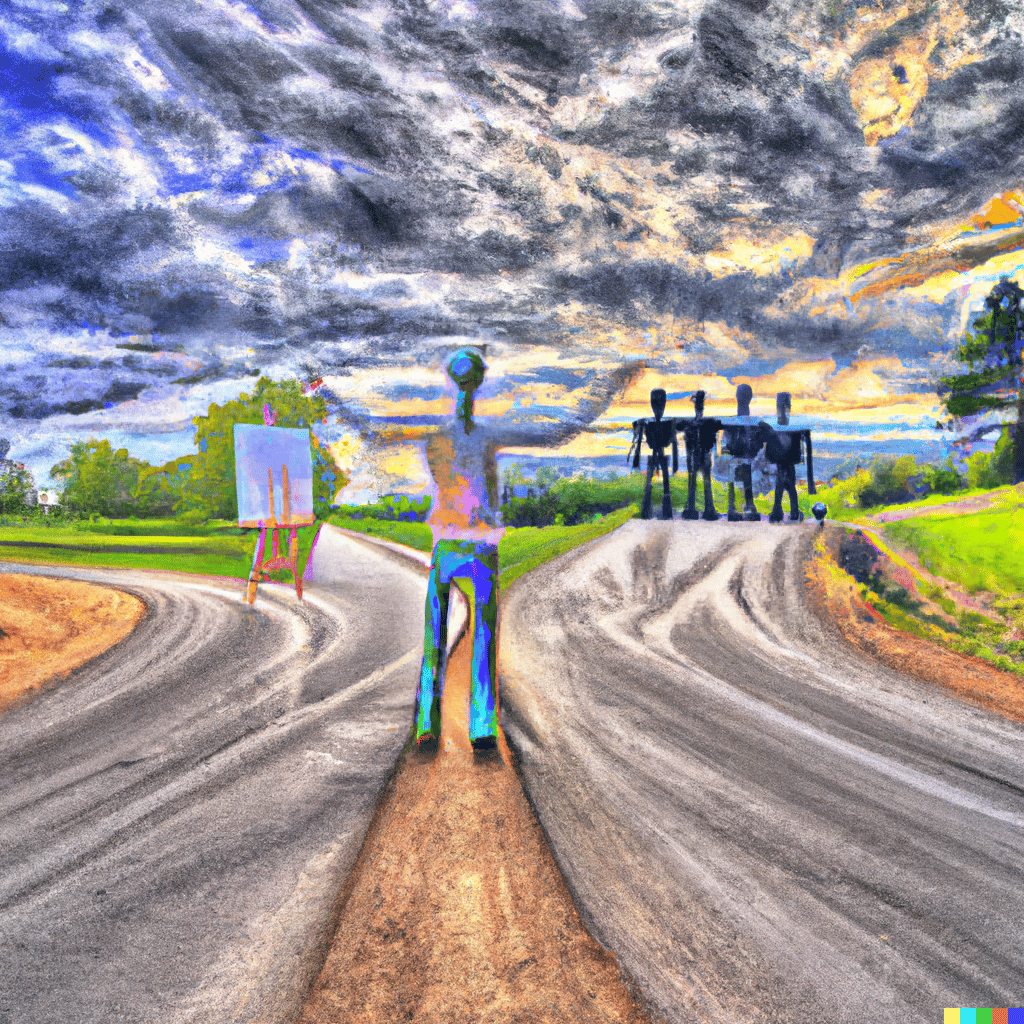Will AI destroy art? Or just change it?
Last August, an image generated via artificial intelligence took the Colorado State Fair annual art competition prize for digital art/digitally manipulated photography. The entrant, Jason M. Allen, created the piece using a digital image creation program dubbed Midjourney. Similar to tools like DALL-E2 and Stable Diffusion, Midjourney allows users to enter descriptive text that will, with the help of AI, generate art—though not everyone agrees it should be called that.
The prize’s announcement prompted discussions and generated some backlash from artists and critics, some of whom posed a question: Did Allen cheat by using AI to create his piece, titled Théâtre D’opéra Spatial? The prize also reignited the heated debate about whether machines will lead to the demise of visual art, a form of expression often considered—at least heretofore—as a high and singularly human achievement.
As machines comb through internet images, many uploaded by artists, to hone their algorithms and generate styles of art that are similar to those they were trained on, we are left once again to wonder if AI will destroy art or be used as a tool to evolve art, in the way that photography and mechanical reproduction did in past centuries.
We’ve asked experts from a variety of artistic and technical disciplines to weigh in on the ethical, economic, and artistic implications of art created by intelligent machines. AIs were not asked to contribute to the conversation.
— Sara Goudarzi
Associate Editor
All images accompanying this special collection were generated using various AI tools.


